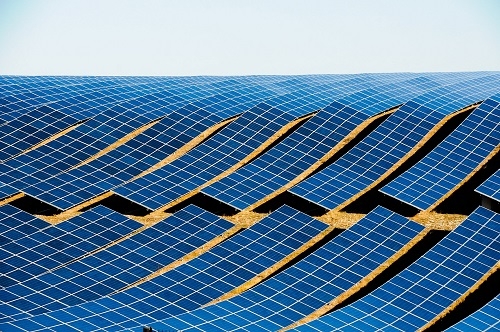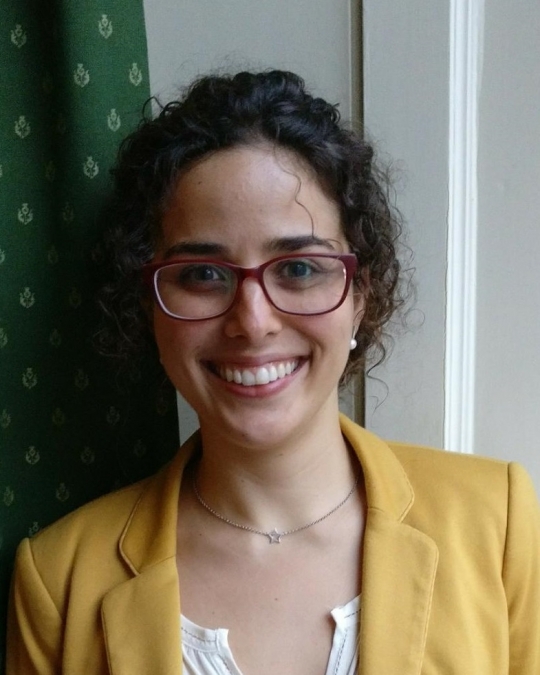
We are delighted to publish the second blog written by Mariana Cover, who is undertaking a three month placement with Better Solar supporting the development of an international network working to support social and environmental justice across global solar supply chains. The placement is funded by the LCEDN and is based at the University of Edinburgh.

Building a Solar Network
Renewable energies have been promoted as one of the promises of clean energy access. A promise that will allow us to enjoy clean and abundant energy for all. Energy that will be generated by technologies based on self-renewing sources. But with technologies that contrary to the sources, are not renewable. As a consequence, the use of these renewable energies has social and environmental issues that still need to be solved.
The solar industry is not an exception to this contradictory reality. Therefore, it is essential to critically assess the technologies used and their implementation, especially now that it is experiencing a significant growth. According to a report from the Global Market Insights, this industry’s global market size is expected to go from USD 65 billion in 2015 to exceed USD 140 billion by 2023. This means that more panels and more batteries will be manufactured, distributed and installed for a cleaner and more decentralised energy access. Although there are further consequences, such as mineral resources extraction for manufacturing the solar equipment, more communities being displaced in order to develop the solar industry, and more solar waste generated with, for most of the times, an incorrect collection and final disposal.
These issues are not new or unique to the solar industry, however, the high expected growth of the solar industry makes them current and relevant to address. In order to do so, I have been working at the University of Edinburgh with Dr Jamie Cross on building a sustainable solar network, which aims to address the social and environmental justice issues across global solar economy. By bridging the gap between organisations and researchers through action research, the Better Solar Network will work on problems related to appropriation of land and the abuse of natural resources for the development of this industry. It will also address unfair labour in the mineral supply and manufacturing of batteries and panels, as well as will work for minimising the electronic waste and toxicity of the solar electronic equipment.
Up to this date, we have targeted and contacted organisations and researchers who are working around the globe for a more sustainable and ethical solar industry, or on related topics, such as the Silicon Valley Toxics Coalition, Ojuso, Electronics Watch, The Restart Project, SOMO, Yansa and Good Electronics. We have generated a mission statement, set an action plan, and started a website for the network (still under construction). The last steps were exciting! During the 28th and 29th of May 2018, we brought together researchers and most of the mentioned organisations for the Capitalising on the Sun workshop, where the opportunities and challenges around repairability and recyclability, waste management, labour and land grabbing will be discussed. This conference will also see the launch of the network and will be space for discussing its short and long-term actions.
I am thrilled with being part of this project and I am looking forward to seeing this network established and bringing together people, efforts and information for a more just and sustainable solar economy.
